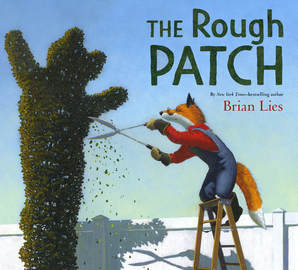 Guest Blog Post by Brian Lies My newest book, The Rough Patch, deals with a difficult topic—grief, especially the anger aspect of grief—and hope. The story is about fox named Evan who does everything with his dog, but one day the dog dies. One of their favorite activities had been working in Evan’s garden, and without the dog, Evan can’t bear to even look at the place they’d enjoyed so much together. He hacks it to bits, and in his grief, begins to tend the weeds that sprout in the space where his vegetables and plants had grown before. The garden becomes a dark place, but when a pumpkin vine sneaks in under his garden fence, Evan begins a transformation back to hope. I didn’t set out to write a story about grief. Sometimes a story idea comes to you and won’t leave you alone. This was one of those ideas. The story of a man, a dog and a garden began as I was weeding my own vegetable garden, wondering what would happen if instead of pulling weeds, I transplanted them into even rows and tended them. Would some reverse psychology cause the vegetables I wanted to come up between my rows of weeds? When you’re illustrating a story on a difficult subject, many questions arise. How are you actually going to depict the difficult parts? How much should happen “off-stage”? How much is too much to show? Or too little? I wanted the story to carry real feeling but not be so strong that it felt brutal or manipulative. One roadblock at the beginning was that I originally envisioned Evan as human, a crusty old New Englander with a good heart. The more I thought about this, the more I worried that young readers wouldn’t empathize with him. When we’re children, most of us don’t see our grandparents as fully-rounded beings with complex emotional lives. Much of our relationship with grandparents is selfish—about how they make us feel, or what they’ll give us. So, would a child looking at a story about an old man really feel for him when he’s sad? I didn’t think so. Turning him into an animal may seem like a no-brainer solution, but it took a while for me to see him differently. I tried him as a bear... and then as a rhinoceros. 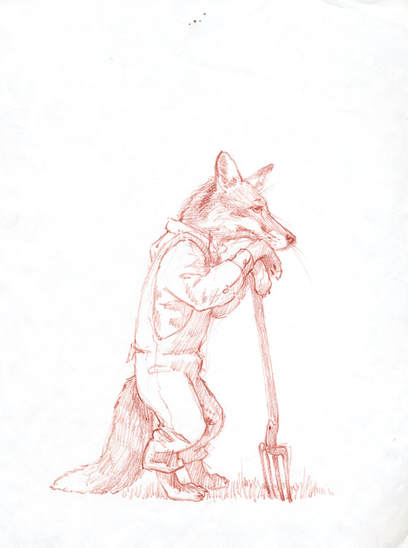 Both looked clunky, and I didn’t instinctively feel anything for them. But then I drew Evan as a fox, and knew I’d found him. A fox has soulful eyes, expressive ears and tail, and his long lines better echoed that crusty old Yankee that I’d originally envisioned. Evan became a fox, and I think it’s much easier for a child to look at his face now and think, “Poor fox! He’s so sad...” The next big challenge was to find that storytelling line between bland and brutal. The interplay between text and illustrations is always important in a picture book, but here it felt critical. It’s easy to get maudlin if you say too much about how a character feels. So I decided to keep the text mostly factual, explaining Evan’s actions in a kind of reportorial way, and let the illustrations show his feelings. The classic “show, don’t tell.” Several techniques or tricks came to the forefront as I worked on how to illustrate the story. One was using a wide range of compositions or “camera angles” to convey emotion and feeling. When Evan destroys his garden, I didn’t want to fill the page with a bird’s eye view, looking down at a character mowing down vegetation. The most important thing was his emotional state at that moment, so I came in for one of two extreme close-ups in the book—Evan filling the page, slashing with a hoe and vegetation spraying behind the hoe. 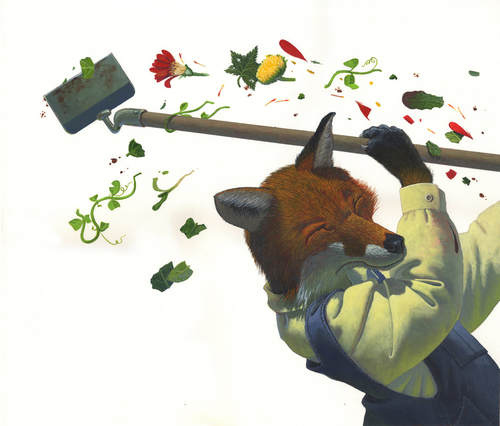 Evan is cropped in an uneasy way, with his lower body and one arm off of the page. On the next page, I wanted to focus on the emotional aftermath of his action. 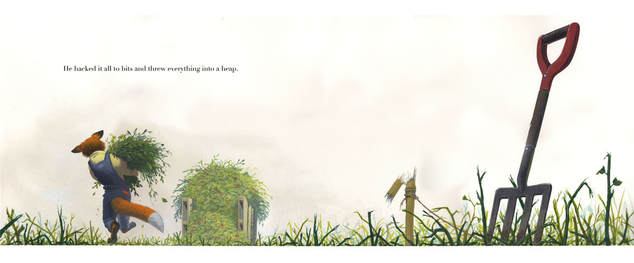 So I zoomed out and showed him from the back, carrying an armload of plants to a compost heap, his tail curving in a counterpoint to his weight as he walks. In the foreground, everything is spiky—the slashed stems of plants, the shattered, splintery bamboo support pole. A garden fork sticks out of the soil in a stark silhouette. The sharp imagery echoes the sharpness of his pain. Another thing I employed was white space. When I’m watching a movie, I don’t want to be aware that I’m watching a movie—I want to be in that world. I don’t normally like white space in illustrations for the same reason. White space reminds me that I’m looking at pictures in a book. But here, using white space felt important. Early on, we see vignettes of Evan’s life with the dog in little bursts surrounded by white. 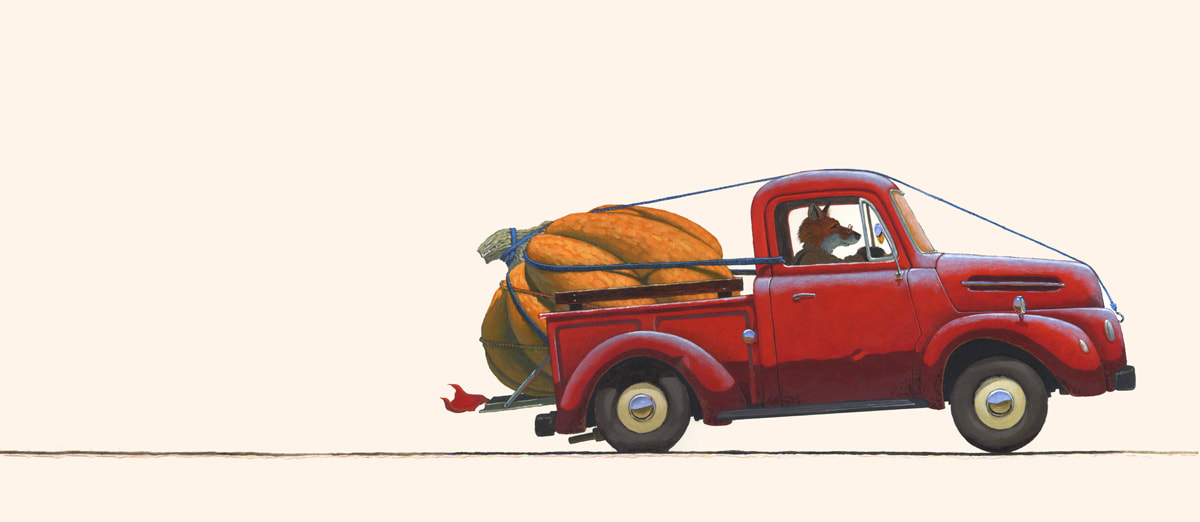 This serves to pack days, seasons and even years into several pages. (If you look closely in the book, you’ll see the dog aging from a puppy to a gray-muzzled older dog). And then later, on the page where the dog dies, or where Evan loads up his pumpkin, the white space focuses our attention on the emotion of the moment. We’re not distracted by additional details. And that’s not so unreal—sometimes, in fraught moments, the rest of the world goes away and we see only the one person or thing that’s the most important to us. Color choices felt very important in these pieces, too. We react to colors instinctively. So the palette here is very simple: in happier days, things are bright and tend toward primaries. When Evan’s in the throes of anger and sadness, the color dims and becomes a kind of sickly green-gray. And as hope returns to Evan’s life, the primaries re-assert themselves. Even if the text doesn’t say that Evan is going to be okay in the end, the palette suggests that it will be. The colors act as our guide.
This book was very rewarding to create. Each image was different enough from the others to make the process of painting them interesting, from the first day to the last. And it was also the most difficult book I think I’ve done, taking some fourteen years from when I first came up with Evan’s story to publication. But it’s a good reminder to keep plugging away if a story idea grabs you. I returned to the idea for years, thinking “I’ve got to do that story!” before I finally discovered how it should look. Honestly, I don’t think I was ready to do this book back in 2004, and though it would have been great to get it out quickly, I think it’s a better book for the wait. Brian Lies is the author and illustrator of the NY Times bestselling bat series (Bats at the Beach, Bats at the Library, etc.), and over two dozen other titles. The Rough Patch has already received three starred reviews (Booklist, School Library Journal and Publishers Weekly), been named a Junior Library Guild selection and is being translated into three languages. You can visit him at www.brianlies.com, connect on Twitter at @BrianLiesbooks, or Instagram at brianlies.
11 Comments
 Guest Blog by Tim McCanna I wrote my first picture book manuscript in March of 2009. I still have the file in a Dropbox folder where I keep all of my story drafts. Seeing the file’s creation date made me realize that I’m approaching the ten year marker of when I decided to leap into children’s literature. Ten years is a long time to commit to anything. It’s plenty of time to experience failures and a few successes. You can surprise yourself one day and feel like you’re spinning your wheels the next. Is the 46-year-old me any wiser than the 36-year-old me? Maybe a little. I definitely have more gray hair. If I could give that young whippersnapper some friendly advice, here’s what I’d tell him… STEER CLEAR OF THE SLUSH PILE Let me save you some time and heartbreak, pal. Resist the slush pile submissions. You might as well go buy a lottery ticket or hunt for diamond rings at the beach. Yes, it can be tempting. And sure, lighting can strike. But especially when you’re starting out, the odds are not in your favor. You’ve got more productive things to do: NUMBER ONE: Embrace the industry.Participate! Join SCBWI, volunteer, read blogs and reviews, listen to kid lit podcasts, and attend conferences and workshops so you can gain a pro-level understanding of how all the pieces of this business fit together. NUMBER TWO: Make friends.Do anything it takes to join or form a critique group. Share your work and your experiences with these people. They will be your life raft in the turbulent kid lit seas. When you’re at a conference, turn to the people beside you and introduce yourself. Then ask them what they do. It really works. NUMBER THREE: When all else fails, stick to your craft.If you’re feeling lonely or unsuccessful or unsure what to do to move forward, allow yourself some quality time to pursue creativity. Write, sketch, brainstorm titles, whatever. Do all that and you’ll be too busy for the slush pile! Eventually, exciting opportunities will organically present themselves and propel your career forward in meaningful ways. CUT IT OUT WITH THOSE 700 WORD MANUSCRIPTS Hey man, a lot of your early manuscripts were too long. That’s okay. Don’t judge your work in those formative writing days. You have to put in the time to develop a sense of pacing and rhythm and structure. Get that first story out of your system and move on to the next one. While you write, read current published books and figure out why those manuscripts sold. Count the words on each spread, consider the passage of time between page turns, read out loud to a kid. At some point—after years of study and practice—something will click. You’ll see the difference between writing a story and crafting a picture book. You’ll actually treasure the editing and rewriting process. And when you figure out how to tell the same 700 word story in 285 words… that’s when the magic happens, buddy. PLAY WITH WORDS Your stories aren’t “leaping off the page” yet? Stretch those writing muscles. Trust your gut! Try something new! Be daring and innovative with letters, words, and phrases. You might discover a voice you didn’t know you had. You might even catch the attention of an editor with a fresh meter or distinctive grammatical style. Watersong started out as an experimental list of onomatopoeia strung together in rhyme. BOING! A Very Noisy ABC is a story told completely in alphabetical order. Recommended reading: Making the Alphabet Dance by Ross Eckler is an incredible book on wordplay. Could you write a novel without using the letter E? Somebody did! Good luck, you handsome thirty-something aspiring author. Making picture books is a slow process. The industry is slow. It just is. Don’t try to rush your craft or your career. Every day offers an opportunity to practice and learn, so focus on that. Getting published is a great goal, but the journey is where the real achievement happens. Tim McCanna is the author of Bitty Bot, Barnyard Boogie, Bitty Bot’s Big Beach Getaway, and Watersong, which is a New York Public Library Best Book for Kids and a National Council of Teachers of English (NCTE) Notable Poetry Book. His upcoming 2018 picture books include Jack B. Ninja, So Many Sounds, and BOING! A Very Noisy ABC. He lives in San Jose, California with his wife and two kids. Find Tim online at www.timmccanna.com.  by Francine Puckly It’s spring! Time to dust off the mantel, shine up the windows, replace the rotting floorboards on the deck, and apply a fresh coat of paint to our nicked-up walls. But spring spruce-up doesn’t stop with our homes. Refreshing our writing spaces and projects before the heat of the summer hits is equally important. This is not a waste of valuable work time. Rather, this is rejuvenation of mind, body, and spirit so that we can go forth with extra verve as we tackle our projects. So grab the 24 Carrot Spring Checklist and get your ideas and writing space tidied up! Clear Away Winter Debris Just as we strip off heavy, flannel bedding and replace it with light cotton inside our homes and remove dead leaves and stems from our gardens outside, we also need to strip away paper clutter in our offices in order to lighten up for the summer. Spring is the perfect time to clear the unwanted and unnecessary (also known as “managing your papers”). New Zealand writer Katherine Mansfield once said, “Tidied all my papers. Tore up and ruthlessly destroyed much. This is always a great satisfaction.” She was right. It feels great! Be ruthless with your papers. * Did you forget to file your conference handouts or have multiple copies of critique comments on your most recent manuscript or portfolio review lying around? Clear those papers. (Taming Conference Handouts). Keep only what cannot be referenced online. Remember: owner’s manuals, newspaper and magazine articles, and oftentimes workshop presentations are all available at the click of your mouse. There’s no need to keep the extra paper cluttering up your space. * Have you been super aggressive with your annual goals and are juggling multiple projects? Make sure each project has its own hanging file with manila folders labeled Research, Marketing, Synopsis and Query Details, Drafts, and any other categories that are helpful for you. Place a cover sheet inside each file that gives a brief summary of the project at the top and then a blank section where you can list what is needed for the project: Do you need to buy or request research books or mentor texts from the library? Do you need to interview someone? If so, list those items here. When you open up the file in the future, your next steps are front and center. * Keep all of your project files in one file drawer so you can reference them and also quickly refile them so that you won’t add to the clutter in your space. * Once you’ve gone through all of your papers, compost that “yard waste” by shredding and recycling all of your papers! Prune Dead or Damaged Branches Are you hanging on to ideas that are dead? Don’t be afraid to prune out ideas and projects that you no longer have passion for. It’s okay to let go of the 47 versions of the very first picture book you ever attempted. Keep the draft that’s most nostalgic and let the rest go. Did you try a first draft of a psychological thriller and then decide your voice was in quirky middle grade humor? Delete the project and recycle the drafts. Sharpen Your Tools Writing with a pen that’s desperately low on ink? Choosing to print in gray scale because you can’t find or haven’t bought a replacement ink cartridge for the printer? Time to restock your supplies! Take a 20-minute trip to your favorite office supply store and refresh your supply of pens, pencils, paper clips, sticky notes, ink cartridges, file folders and paper and pads for your office area. Wipe Down the Walls Yup. This is the Lemon Pledge portion of our checklist. Now that you’ve tidied your workspace, it really is time to pull out the cleaning supplies. Be sure to vacuum, dust the corners, check the light bulbs in your desk lamp, and shine the windows. Buy a bouquet of fresh flowers or clip some lilacs from the garden. Arrange them in a pretty vase on your desk. Fertilize Your Lawn Our creativity won’t grow if we don’t take time to fill our wells with joy and new ideas. Start a summer reading list of genre books or summer beach novels. Crack out the sangria and enjoy a light and happy movie that makes you laugh or possibly dance. Spring really is the time to lighten up. Take a few hours out to spruce up your space and care for your papers and projects. You’ll go forward with renewed energy as the Summer Solstice approaches! ~ Francine  by Francine Puckly For years I have been revising and polishing one of my manuscripts in order to get it ready for an agent or editor. It’s been a struggle, a journey sprinkled with pockets of both excitement and disillusionment. I’ve had it critiqued numerous times by my critique group members and various other beta readers. I’ve also paid for 10-page critiques, first page critiques, query critiques, more 10-page critiques and back around again. This past weekend I attended a regional conference and had two more industry professionals weigh in on the manuscript. They were in violent agreement. I continue to miss the mark. I read over their feedback several times. I had a two-hour “therapy session” with a writing colleague who is familiar with the manuscript. Then just this morning I pulled out two files of notes from past workshops and conferences—one on Beginnings, the other on Character Development. The file on Beginnings was a slap in the face. There, dated four years earlier, was feedback about my opening chapters—almost verbatim to the feedback I received a few days ago. Nothing had changed. So I either A) hadn’t learned a thing in four years, B) don’t possess the skill to fix it, or C) am locked into what has already been written and can’t break out of the word trap to fix the problems with the novel. I’m going with option C. I’m fiddling, not fixing. I’m tweaking, not writing fresh new prose. I’m trying to force stale, overworked characters to fit a pre-determined plot instead of creating fresh, fabulous characters and then sending them (and the reader) on an exciting journey that incorporates character, voice, and setting. So I’m following Lynda Mullaly Hunt’s lead. I deleted all of the drafts of that manuscript from my hard drive. (Confession: I’m not crazy. Unlike Lynda, I do have them saved to an external drive. But the drive is packed away in the deep recesses of my office closet and not easily accessed.) How do I feel after deleting five years of work? I’m scared to death! I’ve consumed every piece of chocolate in the house and thought about opening a bottle of wine at 8:30 this morning. (I opted for a decaf earl grey latte…) But I also know deep in my bones that this was the right move. I won't go back to those drafts on the external drive. I have work to do. An editor I greatly respect suggested a list of novels to study on character and beginnings. I will. I am. I will go back to the drawing board on creating, sketching and really getting to know my characters. And only after I complete those tasks will I sit down and rewrite the story. With renewed vigor. With soulful characters. From scratch. 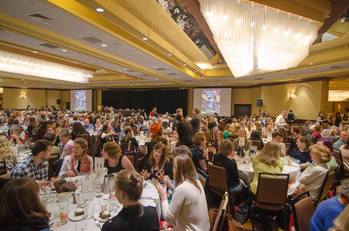 Guest Blog by Meg Lysaght Thacher 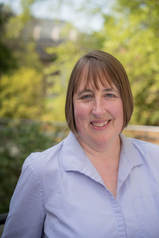 Every year, over 700 writers, illustrators, agents, and editors converge on Springfield, MA, to meet and learn and talk about their favorite thing: children’s books. If you’re heading to Springfield next month, here’s how to make the most of your conference experience. First, go read Francine Puckly’s Essential Conference Preparation Checklist. Your First Conference About a third of conference attendees are first timers. (You can recognize them by the subtle “First Conference” labels on their badges.) If you are one, be sure to attend the conference orientation on Friday afternoon. You’ll get information and advice that’s even more useful than what you’ll read here, plus you’ll meet the conference coordinators and the New England SCBWI team. Workshops Listen well. Take notes. Participate! Don’t sit in the back—this isn’t high school. Critiques Go into your one-on-one agent/editor meeting with an open mind. No matter how many times you’ve polished your work, no matter how many critique partners have read it, an editor or agent will probably see something that needs improvement. You paid for this advice. You will get your money’s worth by listening. Visit the critique prep and support room. There will be a moderator and other attendees who can give you an idea of what to expect in your meeting, or help unpack your 15 minutes of advice. Conference Extras There will be talks by lots of famous authors. Do not miss Jane Yolen’s keynote address. Just trust me on this one. It will be short, sweet, inspiring, and you will finally learn what BIC* means. Other events include panels, open mic, peer critiques, an interview with Patricia MacLachlan…um, I don’t think the 24Carrot folks have enough space for me to talk about it all. Read your conference schedule! Networking Basics * Behave like a professional. SCBWI has recently adopted anti-harassment guidelines for its conferences. Would you like to be a professional writer? Behave in a professional manner. The NESCBWI conference is a place to learn, network, and hang out with fellow writers. It is not a singles bar. * Meet new people. Sit down at a table with someone you don’t know at least once. When you meet someone new, tell them your name, age group you write for, genre(s), and current project. Don’t just read each others’ nametags. * Do not pitch unless requested. There are 600 people at the conference, and all of them have at least two projects they’re dying to pitch. We could all stand around pitching for the entire conference, and we would not have a single human conversation. That being said, it’s fine to pitch when someone asks you to. * Treat the agents and editors like the human beings they are. There’s plenty of time after the conference to send them your manuscript and perfectly polished query letter. Would you rather that query letter started with “Remember me? I’m the one who monopolized your time during the Friday night mixer!” or “I really enjoyed chatting with you about our favorite classic fantasy novels”? Volunteering This is an excellent way to get involved, feel like you belong, help the conference to run smoothly, and meet folks. Plus, there’s free food on Saturday night, and you get to learn the secret volunteer handshake.** Take Care of Yourself You can always tell the people who don’t get enough food or sleep at a conference. By the last day, they have glazed eyes, are speaking complete gibberish, and have probably introduced themselves to you three times. Don’t stretch yourself so thin that you can’t make a good impression. There are quiet spaces listed in the conference schedule. Use them if you need to decompress or regroup. And drink plenty of water! Beware of False Comparisons At any given NESCBWI conference, about a quarter of attendees are published authors or illustrators. Everyone else is “pre-published.” We’re all here to improve our writing and learn. Comparing yourself to other people will get in the way of that. Embrace your you-ness. After the conference A major benefit of attending a conference is that you get a list of agents and editors who will accept your query for a few months after the conference. The list includes people who don’t normally accept unsolicited queries. Follow the directions on the list. Show them how easy you will be to work with. Make sure you submit only a polished manuscript. You’ll learn a lot at this conference. Apply it! And never share the list with non-attendees. You paid for this privilege. And we don’t want to swamp the faculty inboxes. Final words Approach your conference with a growth mindset. Everyone is there to learn—even the faculty. Even the editors and agents. And especially you. So learn! ~ Meg Meg Thacher will be attending her eighth NESCBWI conference this April. She teaches astronomy at Smith College and writes nonfiction for Highlights and the Cricket Magazine group. This is her first blog post of any kind. Find out more about Meg: Website: Megthacher.com Twitter handle: @MegTWrites 2017 meeting stats courtesy of Shirley Pearson (who will remind you to fill out your post-conference evaluation). Thanks, Shirley! *Nope. Not going to tell you. Listen to Jane. **There is no secret volunteer handshake. Maybe we should make one up!  by Francine Puckly Conferences and workshops are invaluable to our development as writers and illustrators, but their disruption to our normal work schedules can be anxiety provoking. We launch into a frenzy of polishing manuscripts, digging through closets in search of clothing-beyond-yoga-pants, sharpening pencils, and buying really cool journals for note taking. Knowing that some of the spring conferences are already upon us, I wanted to share the preparation checklist I’ve used for many years for the workshops and conferences I attend. I hope this guideline will take some of the angst out of planning for your next event! Three Months Before the Conference:
Two Months Before the Conference:
One Month Before the Conference:
Two Weeks Before the Conference:
One to Two Days Before the Conference:
And Don’t Forget to Pack:
Happy Conferencing! ~ Francine Guest Blog By Kate Narita 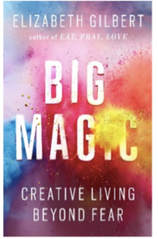 “The universe buries strange jewels deep within us all, and then stands back to see if we can find them… The often surprising results of that hunt-- that’s what I call Big Magic.” - Elizabeth Gilbert 24 Carrot Writers set one writing goal and one craft goal a month. In her January 4th post, Kelly Carey defines a craft goal as the following: “A craft goal needs to focus on the business side of writing.” People don’t often equate “the business side” of writing with magic, at least I never did. But as a result of 100 BOOK TRAILERS, that’s changed. I now realize that the journey of marketing can be as wonderful and as magical as writing.
After the euphoria of selling 100 BUGS! A COUNTING BOOK waned, reality set in. One of the things I had to do was create a marketing plan. Gulp! A marketing plan? I’m a teacher and a writer. I create lesson plans and stories, not marketing plans. I have an MFA, not an MBA. How do I create a marketing plan? Luckily, I’d taken an event planning class with Allison Pottern Hoch at The Writer’s Loft https://loftingsblog.com/2017/10/25/how-to-pitch-your-book-event/ during which many people had shared various marketing ideas. In addition, at the NESCBWI 2017 Conference, Janet Reynolds from The Blue Bunny Bookstore http://www.bluebunnybooks.com/ presented some extremely helpful marketing tips. Finally, Suzanne Kaufman, http://suzannekaufman.com/about/ the illustrator of 100 Bugs!, shared some of her past marketing plans with me. So, I had a small knowledge base. Now, I just had to move forward. Here’s where the business side of the Big Magic began. It sounds silly, but the number 100 makes me giddy. Maybe it’s a result of teaching elementary school for over ten years. After all, as many kindergartners will tell you, the best holiday after Christmas and your birthday, is the 100th day of school. So, I started thinking about what I could do with the number 100. That’s how I took the first step, I invited the treasure in. Well, it turns out I had just finished filming the book trailer for 100 BUGS!, which is another Big Magic story for another time. All of the book trailers I’d watched before filming mine, were scrolling through my head. Then, the Big Magic happened—a marketing idea sparked in my mind. Why not feature 100 book trailers, a different trailer for the first 100 days of 2018 and since BUGS has 100 in the title, release your book on the 100th day of the year? So, I proposed the idea in our marketing plan, and the 100 BUGS! team loved it. Great, right? GULP! Now, I had to do it. All the negative self-talk began. It sounded something like this: “Are you crazy? Who is going to want to be featured on your no-name blog? Do you even know 100 authors? Have 100 people even visited your site?” and so on. But over the years, I’ve learned to turn down the volume on those soul-killing thoughts, and turn up the volume on what is the next small step I can take to reach my goal. Second, I had to uncover the treasure chest. So, I shared my idea with my friend and mentor, April Jones Prince http://www.apriljonesprince.com/ . She liked the idea, but pushed me even further. “You need to tie those trailers into the classroom.” She was right once again. Featuring trailers wasn’t enough, I needed to create a resource for teachers to have at their fingertips. Useful activities educators could download without having to find time to read a teacher’s guide or sift through ineffective resources on the internet. Third, I had to find the time to crack the code. Time. I’m a full-time fourth grade teacher, I have two teenage sons, and my husband sometimes like to have a conversation with me that doesn’t revolve around who is picking up who at what time and who is coming home for fifteen minutes in between work and providing Uber service to walk the dog. Oh, and I try to write and exercise as many days as possible. So how in the world was I going to find the time to do this? Gratefully, Melanie Linden Chan of Epic Eighteen https://epiceighteen.weebly.com/ took some time out of her schedule to share tips about how to schedule blog posts. Eureka! I didn’t have to write a blog post every day. I could write ten blog posts on the weekend, and schedule them to be released on a daily basis. The task began to feel manageable. Fourth, I had to open the treasure chest. What treasures are in the kid lit world? So many. I reached out through social media, word of mouth, and personal connections to find them. As Elizabeth Gilbert writes, “The universe buries strange jewels deep within us all.” https://www.elizabethgilbert.com/ There had to be people who wanted to shine a light on their jewels, right? Yes! There were. Finally, it’s time to treasure the beauty of each and every jewel: Rubies: Celebrating the tremendous talent of the authors and illustrators in the kidlit world. Opals: New books that I can enjoy and share with my students. Sapphires: Meeting people I never would have met. Emeralds: Lessons I never would have thought of that I can share with my class. Topaz: Rejoicing in highlighting the success of people who have supported me over the years. Pearls: Providing resources to teachers, the hardest working people I know. Diamonds: Being showered with gratitude for simply shining a light on other people’s treasure chests. Looking back, I should have known marketing could be Big Magic. After all, everything in life can be magical, or it can be mundane. It’s a choice we have. Want marketing magic? Follow these steps:
So print out those 24 Carrot Writing Goal Worksheets posted on January fourth by Kelly Carey, and don’t look at the craft goal as some mundane task you have to complete in order to color in the carrot. No, write the craft goal, invite the treasure in and Big Magic will come your way. Keep your sparkly, orange gel pen nearby because you’ll feel sparkly when you color in that craft carrot! Craft on, Kate Narita Author of 100 Bugs! A Counting Book! Illustrated by Suzanne Kaufman coming June 12, 2018 https://goo.gl/7N2Jh3 www.katenarita.com Have you written or illustrated a book that’s easily accessed by elementary teachers and librarians through the public library system? If so, please go to www.katenarita.com and fill out her contact form so that she can feature your treasure. Please include the following information:
 By Francine Puckly Happy New Year from all of us at 24 Carrot Writing! We hope your holiday celebrations were filled with laughter and joy, friends and family, and a little quiet time to reflect on all that you accomplished in 2017. We are excited to have you join us as we seek the possibilities 2018 holds for each of us! One of my goals for 2017 was to give myself the gift of time to celebrate the holidays (sans guilt) and to muse about opportunities forthcoming in 2018. I spent many long morning walks, as well as afternoon teas, pondering this wonderful but oftentimes frustrating creative life I have chosen to lead. I dug up two precious nuggets of truth over the many miles I wandered. The first is that I’m wildly inaccurate with my goal estimations as it pertains to the time a project will take. I mean, I’m not even close. I’m way off the mark when I guess at how quickly I can complete everything—a blog, an outline, a chapter, an entire draft. So laying out Gantt charts with detailed deadlines is no longer a practice I choose to embrace. It works for many, many people, but it results in failure for me. The second discovery is that I spend too much time alone. I need to be around people, even if we are all working independently and may never speak to each other. In order to grow contentment and joy in my life, these are my focus areas for 2018. But what does this mean as I set my goals? It means that it is important to me that I be a writer. That I show up for work every day and take my job seriously. I have scheduled hours of work Monday through Friday. It’s my job. As long as I show up to my job, I will accomplish much. How much? It doesn’t matter this year. I’m just going to go to work everyday and see where it takes me. And where, exactly, is my place of work? I have plotted out various writing locations that involve seeing other human beings (libraries, cafes, and bookstores). My portable office and daily packing list are ready to go (the-portable-office.html). Keeping the 24 Carrot Writing categories of Writing Goals and Craft Goals in mind, my work falls accordingly: 2018 Writing Goals:
2018 Craft Goals:
That’s it! It’s simple, it’s thorough, and most importantly, it’s doable! I wish each of you joy as you set your creative goals and the luxury of time to focus on all that you love! Happy Goal Setting and Happy New Year! ~ Francine  By Francine Puckly As I reflect on the year as it comes to a close, I am reminded by how important it is to be encircled in a loving, supportive writing community. I am grateful for the daily and weekly buoying by my 24 Carrot Writing peeps, my New England SCBWI team, my accountability genie, and many other writing friends and partners. These wonderful people are my sherpas—leading me up, up, up as I scale the mountain. They encourage me to keep going when I want to turn around and ride a toboggan back down to the bottom and forget the whole thing. But I have other guides on this journey. Voices from the past. Voices in the present. A stack of books by other writers that I read, reread, and then read again. These mentors offer practical, detailed advice about perplexing aspects of drafting and revising, precious guidance in making plots and characters spring to life, and words of wisdom and encouragement when the journey feels long. I would be lost without these “friends” who accompany me on this pilgrimage as well. So just in case your loved ones are still asking you what you’d like for Hanukkah or Christmas, here are 30 of my favorite books to add to your Writer’s Book Shelf: Finding Your Way and/or Thoughts on the Journey:
Drafting and Revising:
Scriptwriting:
Did I say 30 books? I think we all deserve a holiday bonus this year, and here it is! The Writer’s Journey: Mythic Structure for Writers by Christopher Vogler Invite a few of these writing masters to guide your journey in the new year! ~ Francine “Great books help you understand, and they help you feel understood.”
–John Green  By Francine Puckly Like many of you, I take my continuing education and improvement of my craft seriously. I attend numerous workshops and writing conferences each year, and I collect handouts and scribble down pages of helpful notes as presenters take me through plotting and character development exercises, marketing tips and Scrivener tutorials. It’s a wealth of information. But what happens once I’m home? The notes are stacked on a desk or worse…tucked away in haphazard fashion, never to be seen nor heard from again. 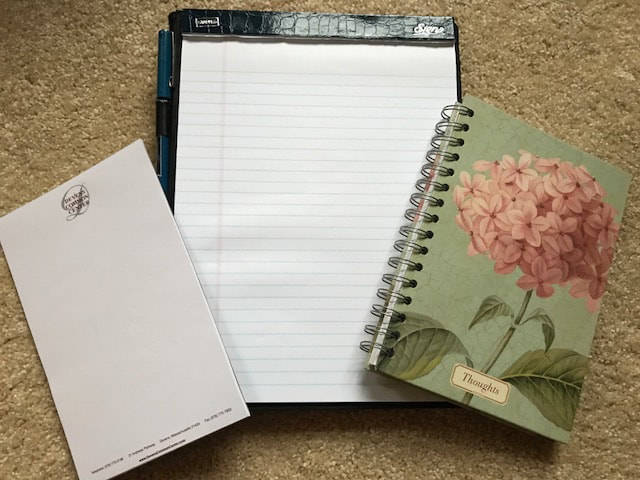 I’ve learned that by taking just a few minutes after I return from these workshops and conferences to file my notes by topic, the information remains invaluable as I tackle various writing projects in different stages of development. The first step in organizing notes by topic is to actually take notes by topic—separating each subject as it’s covered in your workshop or conference. The notes have to be taken on paper that can be easily separated (versus in a bound notebook, such as the beloved composition notebook). I use letter-sized, wide-ruled notepads to take notes. I keep all notes on separate pages. For example, if I’m at a conference and I move to a new workshop, I start notes for that session at the top of a new sheet of paper rather than continuing on the previous page. Other notepads will work as well—spiral notebooks and 5x7 hotel notepads to name a couple. When I return home, I separate the pages from my notepad by subject and staple the pages from each workshop together. I keep any handouts with the notes I took, (either loose or attached with a paper clip). Presto! Notes by topic. Those notes are filed in manila folders by subject. Once I have the notes in subject folders, I place those into an extra-capacity hanging file folder labeled “Craft.” Each subject file contains all related presentations. (You can read about my obsession with manila folders and extra-capacity hanging files in the-portable-office.html.
If I’m working on revising a draft of my manuscript, I grab the “Revision” file and peruse it for ideas and reminders for cutting, tightening, and pulling subplots together. If I’m struggling with my opening chapter, I pull out the “First Chapters” file to get inspired for fixing that. If I’m stumped about my website and how to improve the design, I pull out the “Web Design/Web Presence” file. You get the idea! If, like me, your notes are taking over your office space, take a few minutes to think about what supplies you could add to your conference book bag in order to make your information more accessible and beneficial to your craft the next time you set off for a workshop. It only takes a few minutes of planning and filing to make the year ahead more productive, and all the money you’ve spent on conferences and workshops will be well worth it! Happy workshopping! ~ Francine |
Peruse blogs for advice and tips from KidLit creatives.
Categories
All
Archives
April 2024
Click to set custom HTML
Click on the RSS Feed button above to receive notifications of new posts on this blog.
|
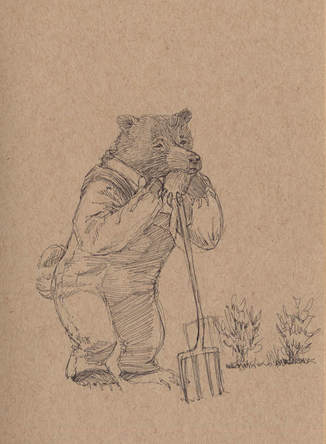
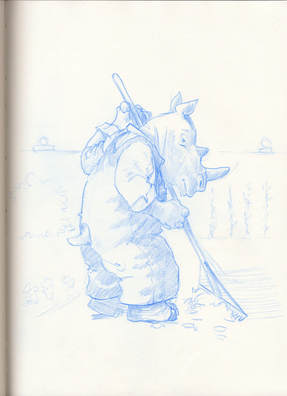
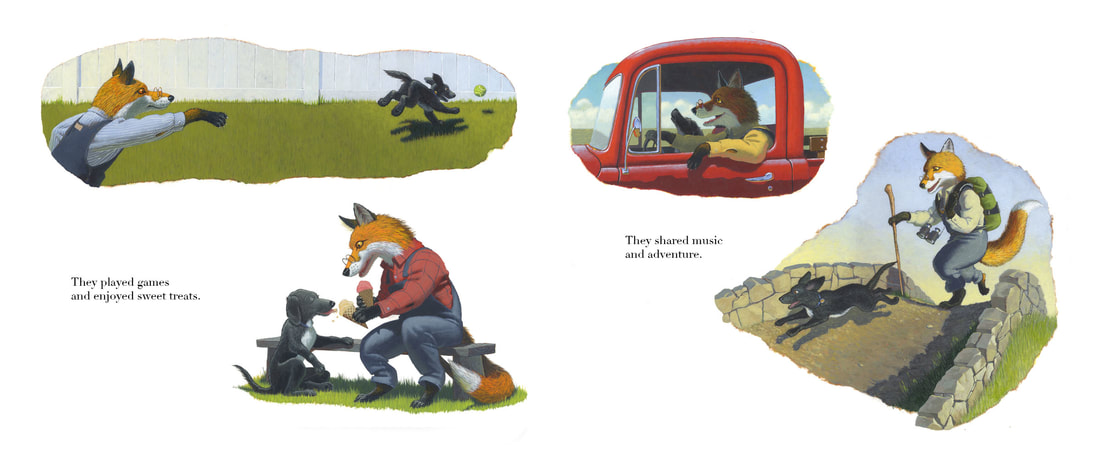
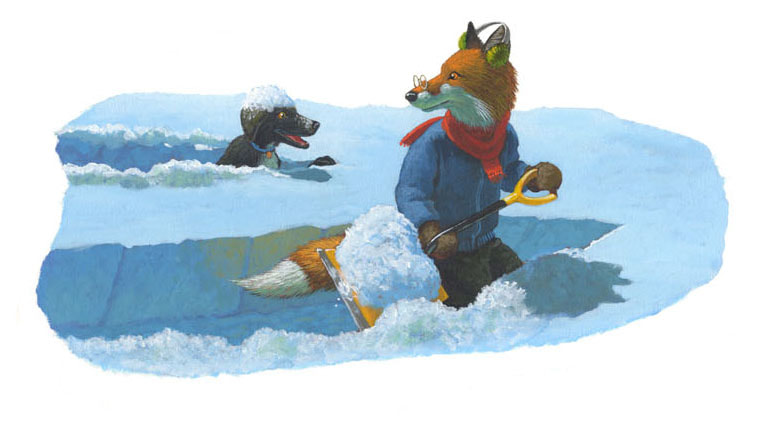
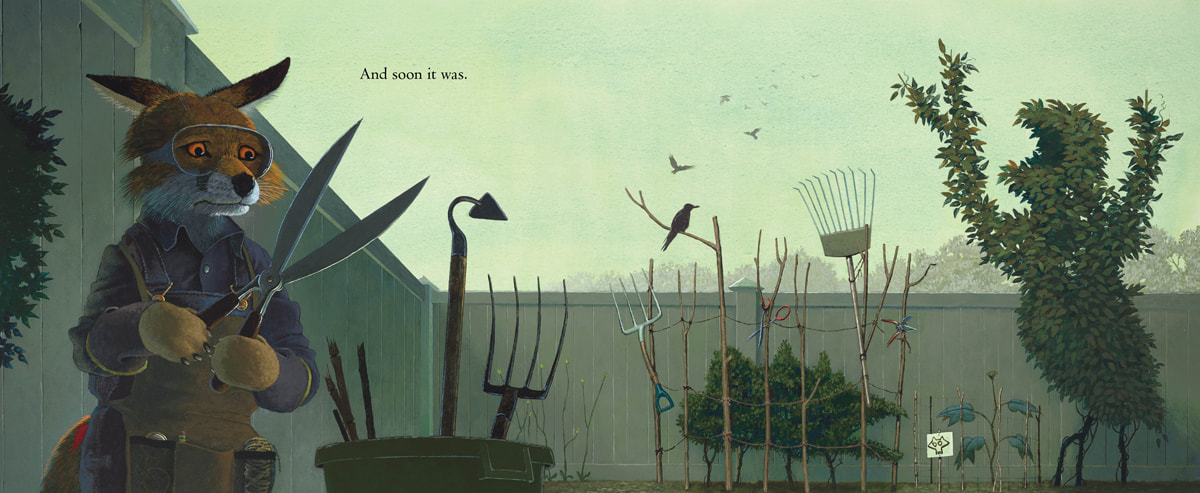
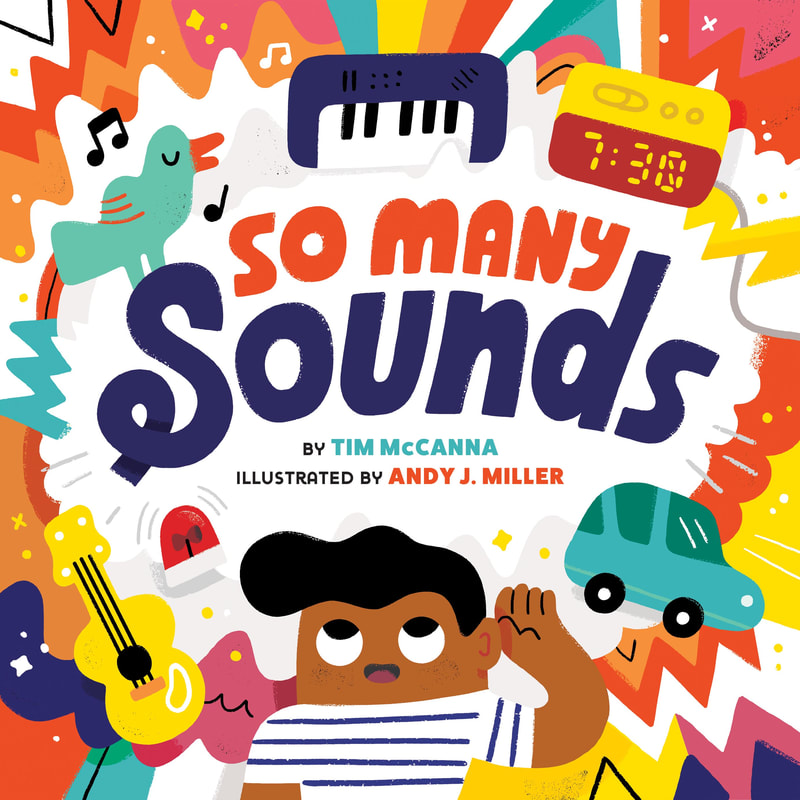

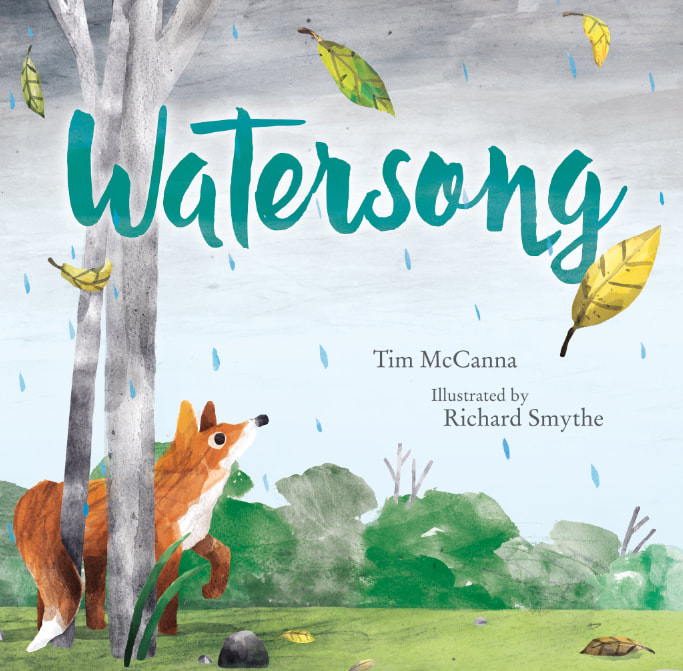
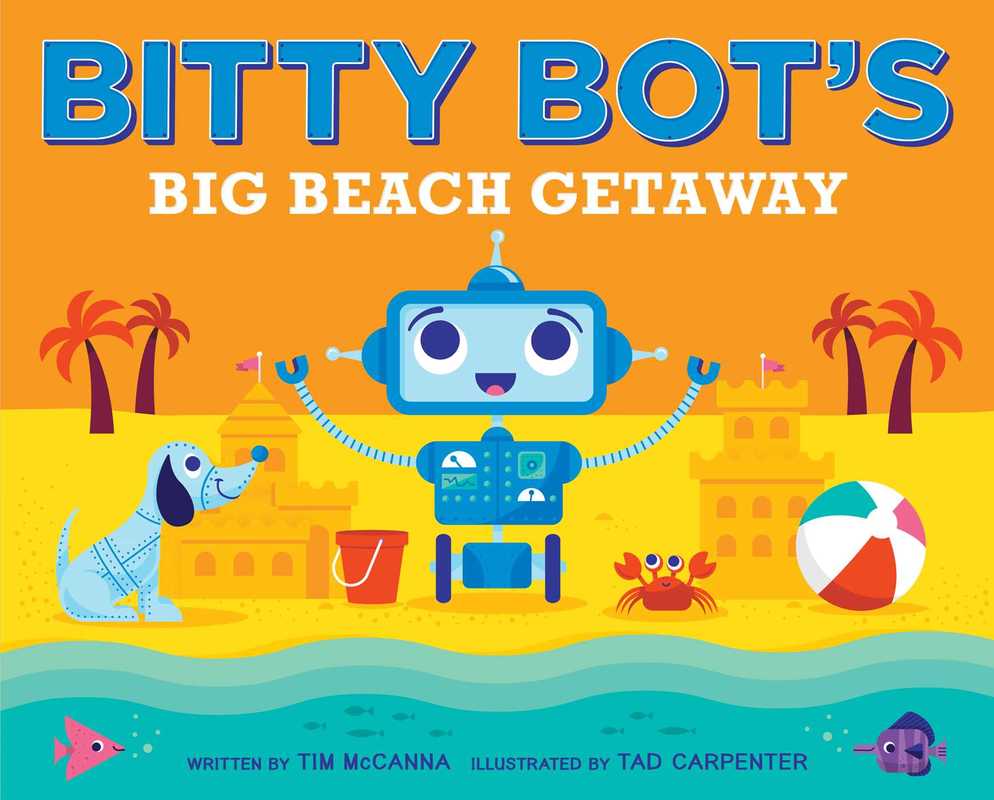
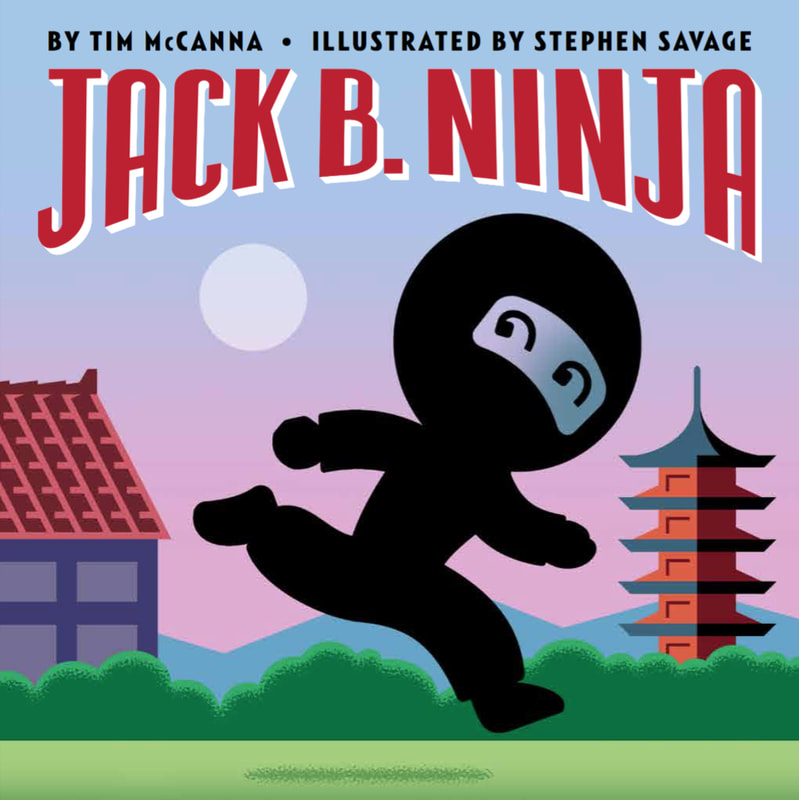

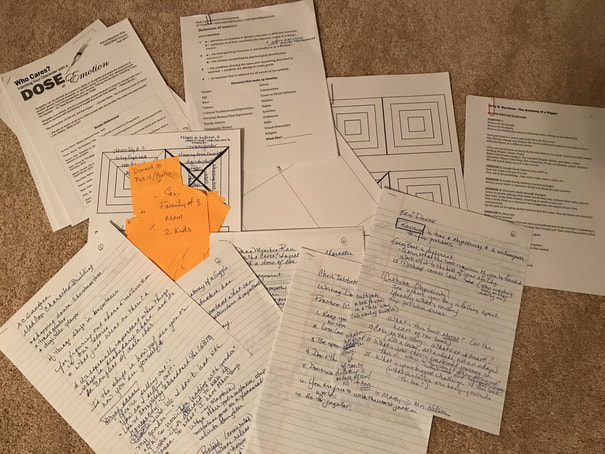
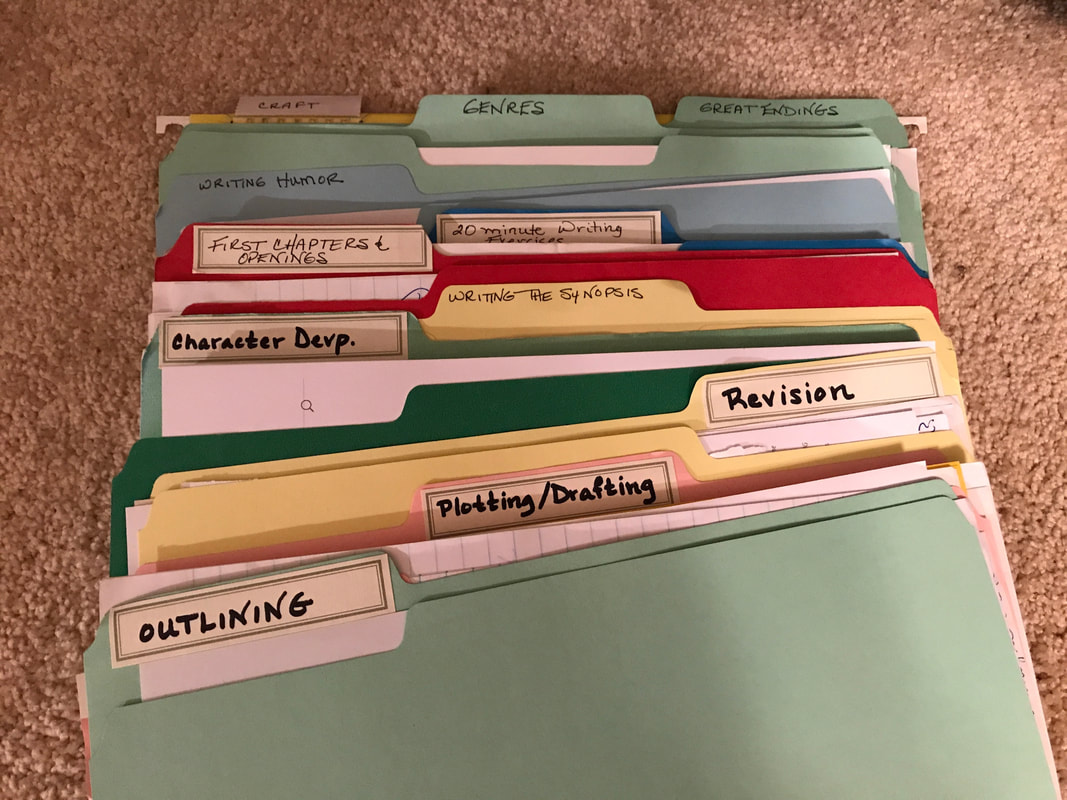
 RSS Feed
RSS Feed